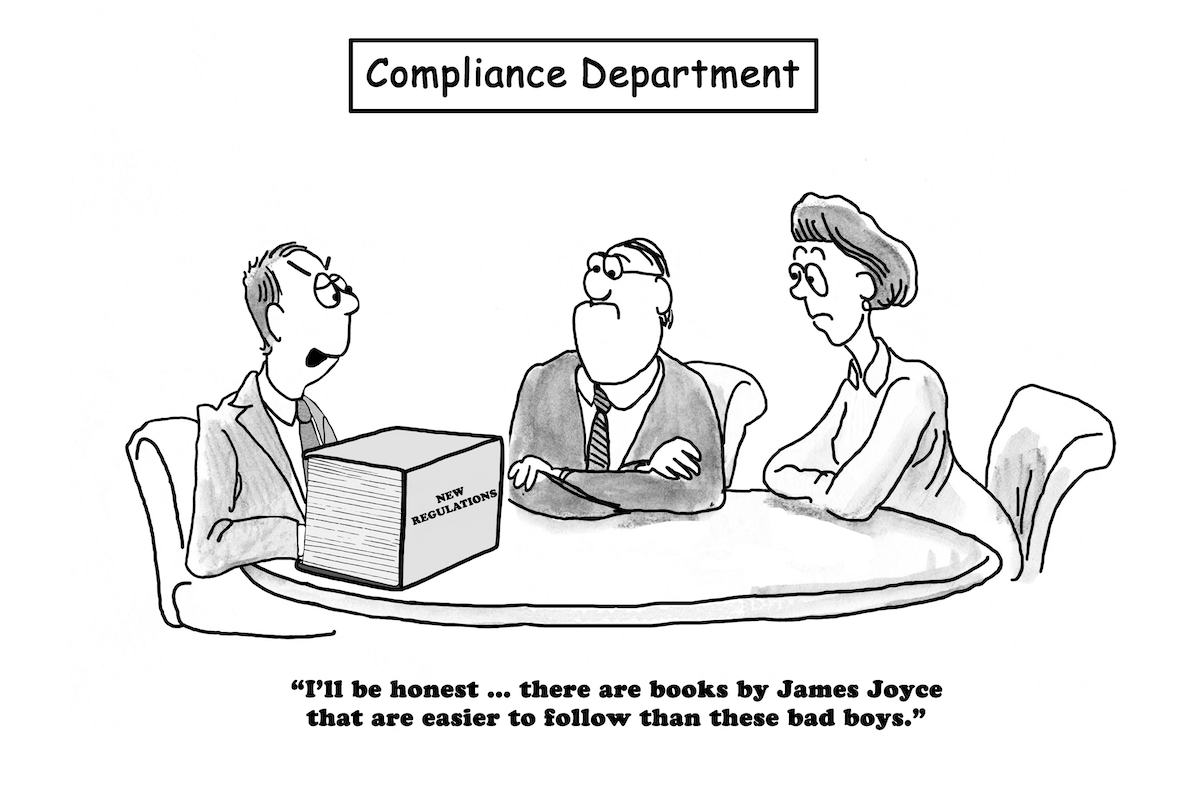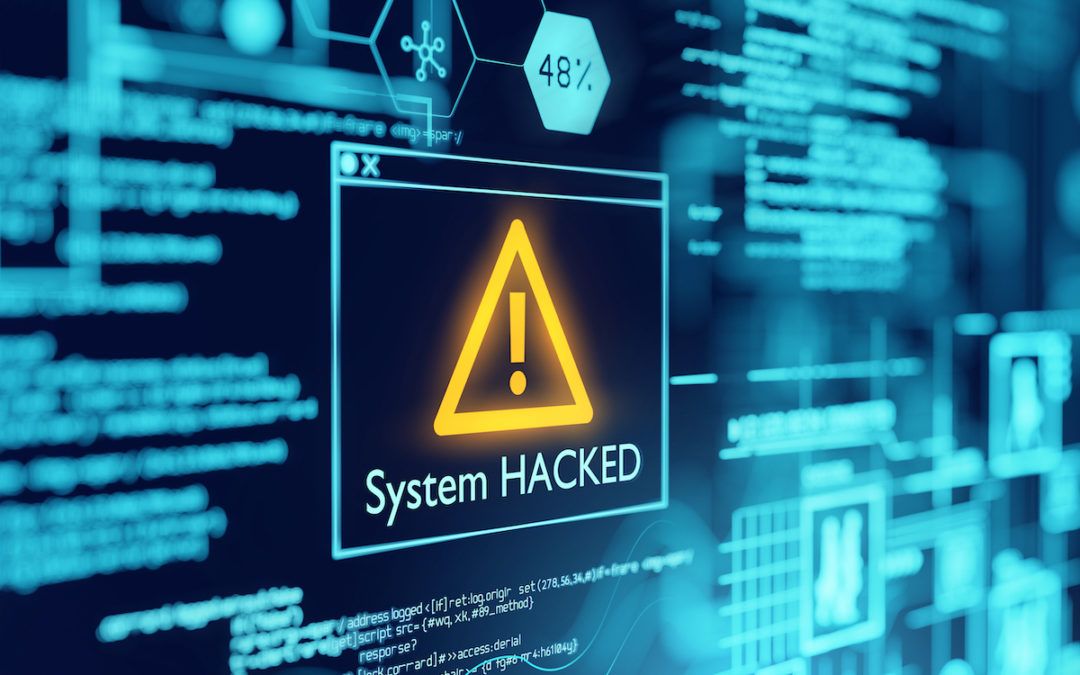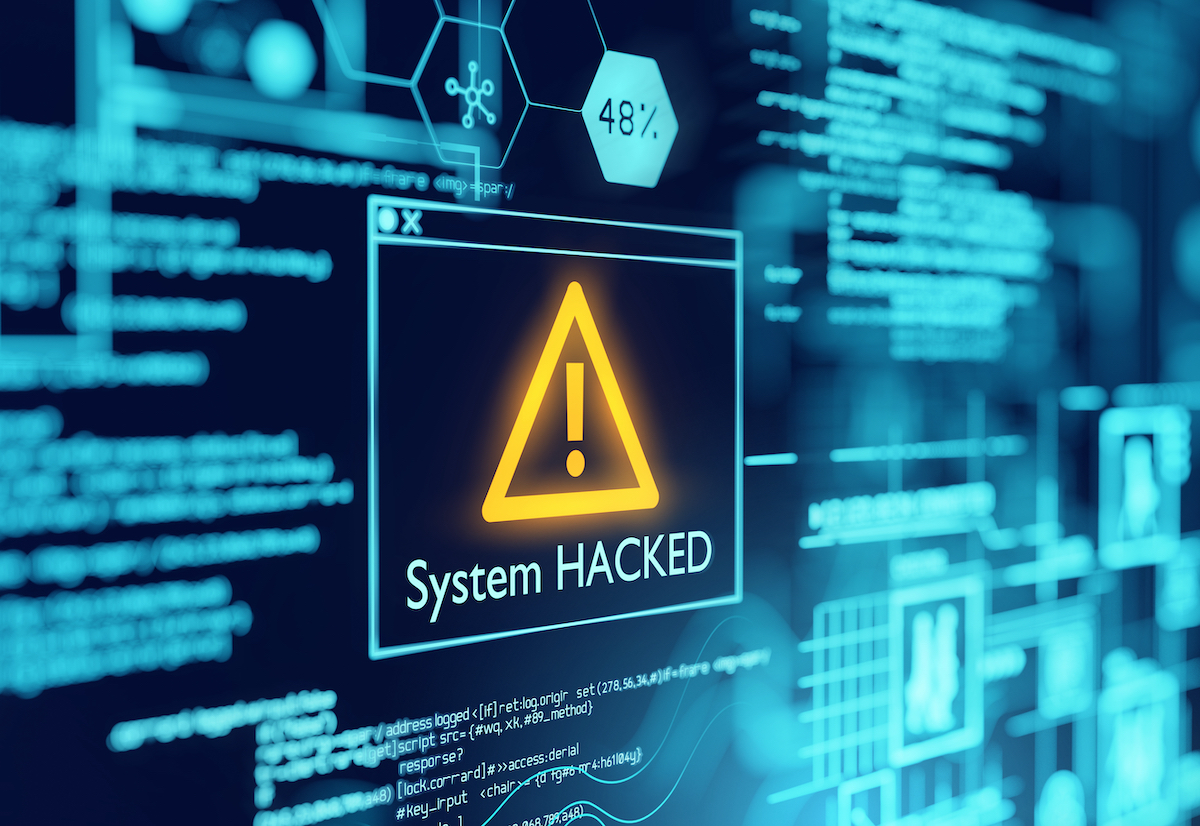
cGMP Compliance & ERP
What is cGMP?
cGMP stands for current Good Manufacturing Practice and, more than just initials, it is at the center of the US Food and Drug Administration’s efforts to protect citizens from potential hazards related to food and beverages, cosmetics, pharmaceuticals, and medical devices. ERP is the system used by businesses for accounting, inventory management, sales order processing and many other processes central to maintaining management control. ERP is where businesses keep the records that show they are complying with good manufacturing practice.

What does cGMP look like for manufacturers?
Process Control
Process control is critical in these controlled industries. We need to define exactly how our product flows through manufacture. Who will perform the necessary manufacturing steps? What ingredients or component parts are required? When does each step take place related to the previous and following steps? Where will we manufacture our products – in which facility and using which equipment? Why are we taking these measures to control our process? How will we document exactly what we did and compare it to what we said we would do?
Training
An ERP system has a record of each employee. That record goes well beyond payroll and human resources. If we add the training each person has had and their current work qualifications, we can use ERP to work with our cGMP process. We can now schedule specific people within our overall production schedule. The people scheduled are limited to only those who have required training and certification based on the rules we established within our business. Next we can use ERP to track exactly who worked on each manufacturing step. This enables us to pass any audits. We also now can know who might have made any error or failed to precisely follow our defined process.

Inventory
Our cGMP includes a specific list of ingredients or component materials required to produce our product. Our list can further limit the materials used to those from specific suppliers or items commonly available from multiple sources. ERP helps us track each item by lot number so that we never inadvertently mix a lot in the same batch. Lot tracking sets up our ability to manage any potential recall. We know which output batch had an issue and know exactly which ingredient lots we used in that batch. We can also use ERP to avoid any chance of using an item beyond its shelf life.
Recipe or Routing
ERP provides us with the manufacturing path that we know meets cGMP. Step one is performed on certain equipment and specified operations must take place then. We can measure the outcome of step one and ensure production is ready for step two. Since we know the duration of every step, we can schedule equipment and personnel and provide the completion date and time for our customer.
Facilities and Equipment
Our cGMP specifies that products must be made only in approved manufacturing facilities and then only using specifically approved equipment within those facilities. The production schedules we use from ERP will use those limits and help us manage capacity requirements now and in the future. Manufacturers must identify what hazards might exist and establish control points best suited to capture and control those hazards. This requirement is known as HACCP or Hazard And Critical Control Points.
Testing and Measurement
Throughout the cycle of production, we will test and measure the product using values stored in the quality module of our ERP system. The tools we use are maintained and recalibrated as we define in cGMP and our test results include the specific tools used as well as the results. Testing and measurement looks for statistically significant variances and enables us to determine corrective and preventative actions and track those to completion all within our ERP.
Quality Management System
cGMP requires that we have an active quality management system that is fully documented. ERP is one of our primary record keeping tools and supports cGMP fully. Any business whose activities fall under the cGMP rules of the FDA should ensure their ERP fully supports their required control systems.
Are you facing ERP cGMP regulation challenges?
Our ERP consultants are here to help you navigate everything from ERP implementation to private cloud hosting deployment. EstesGroup’s managed IT specialists help clients with backup solutions, disaster recovery, hosting solutions, cybersecurity, and more.








